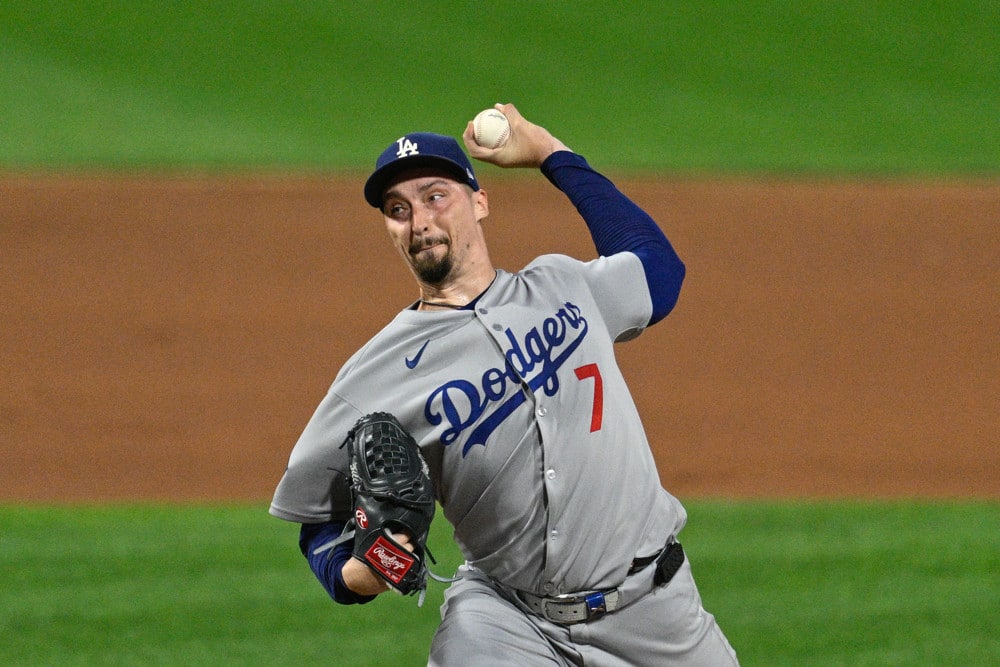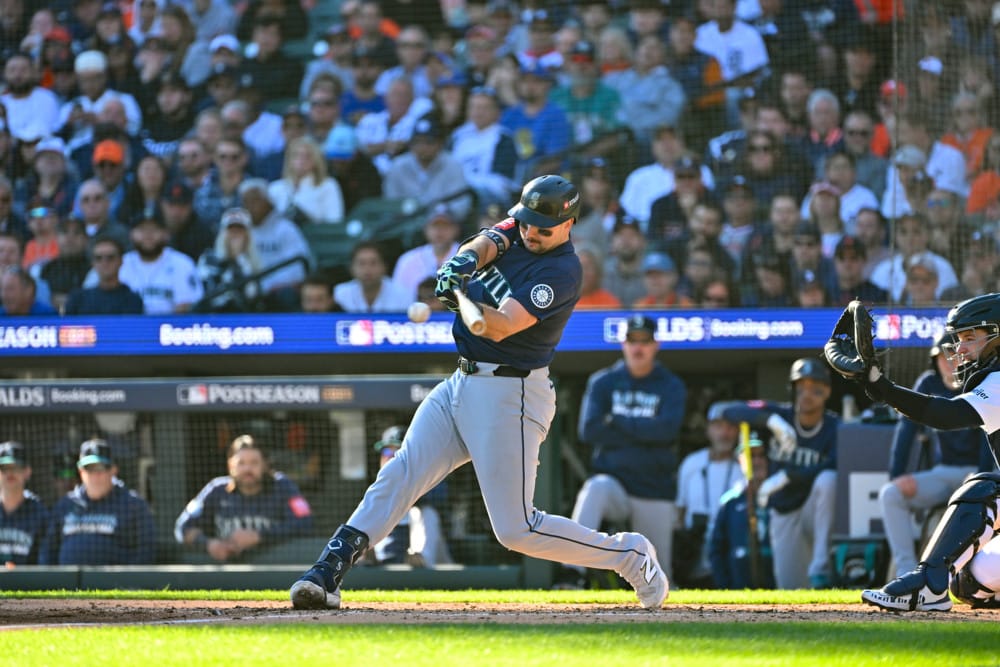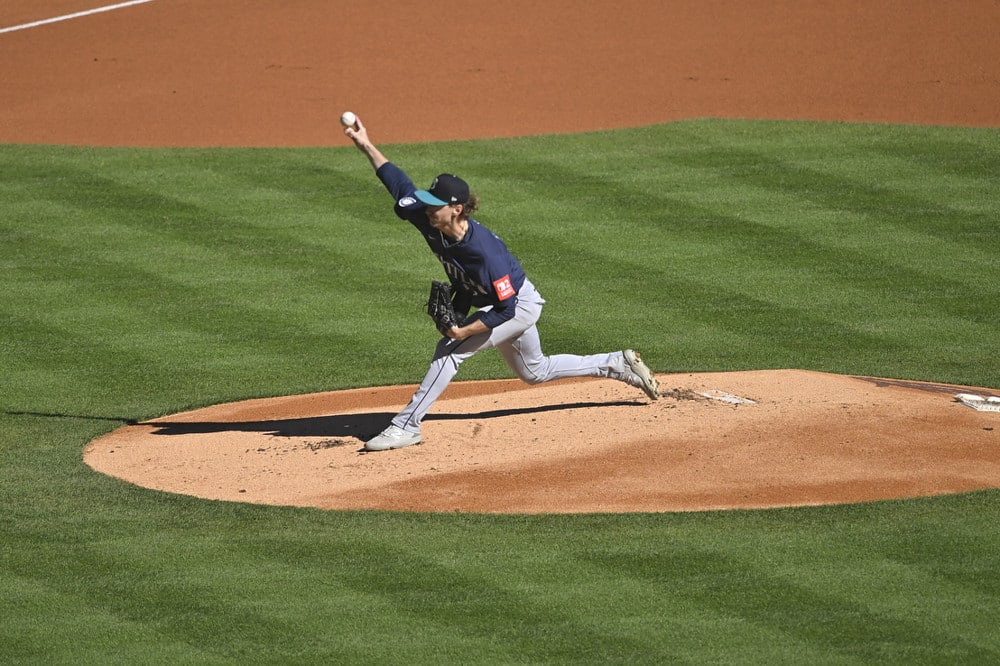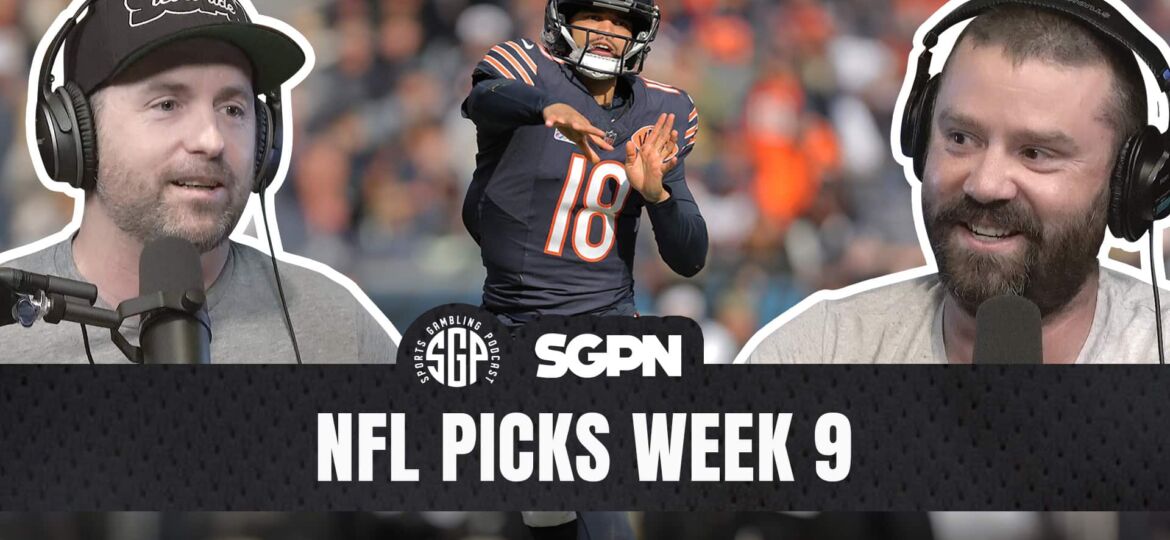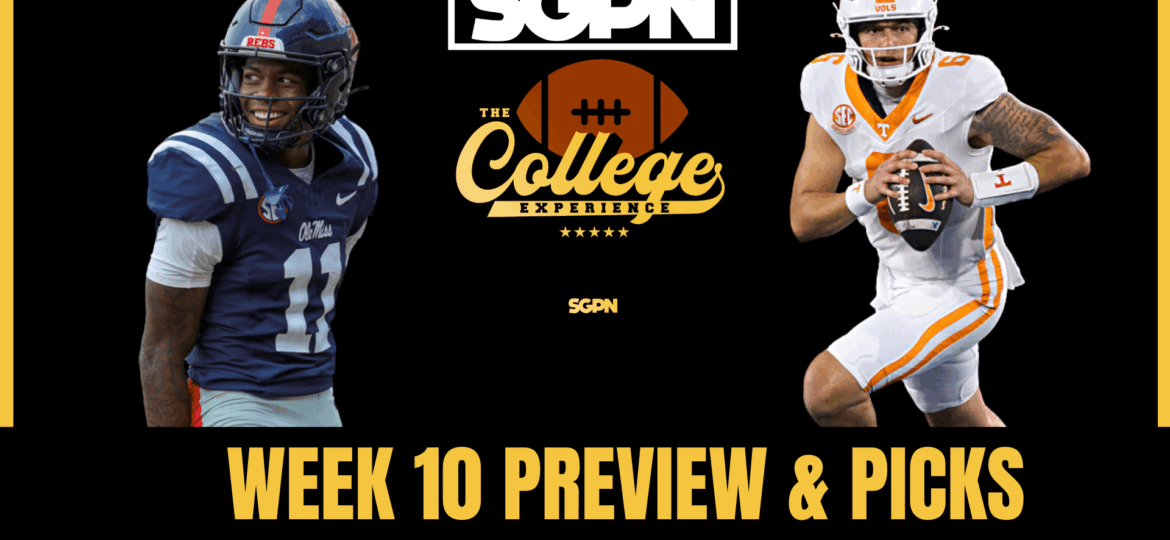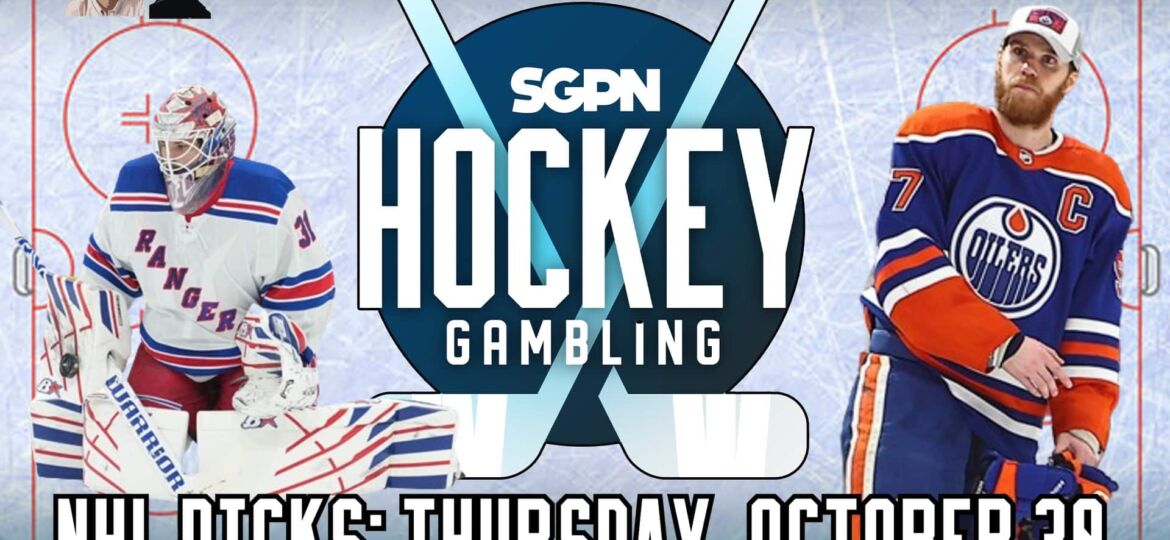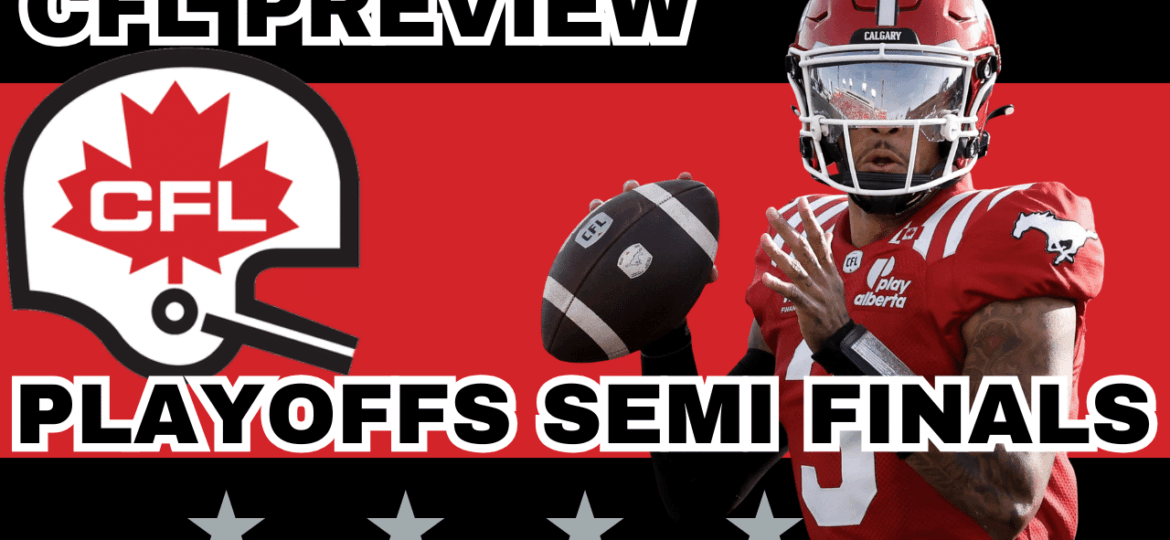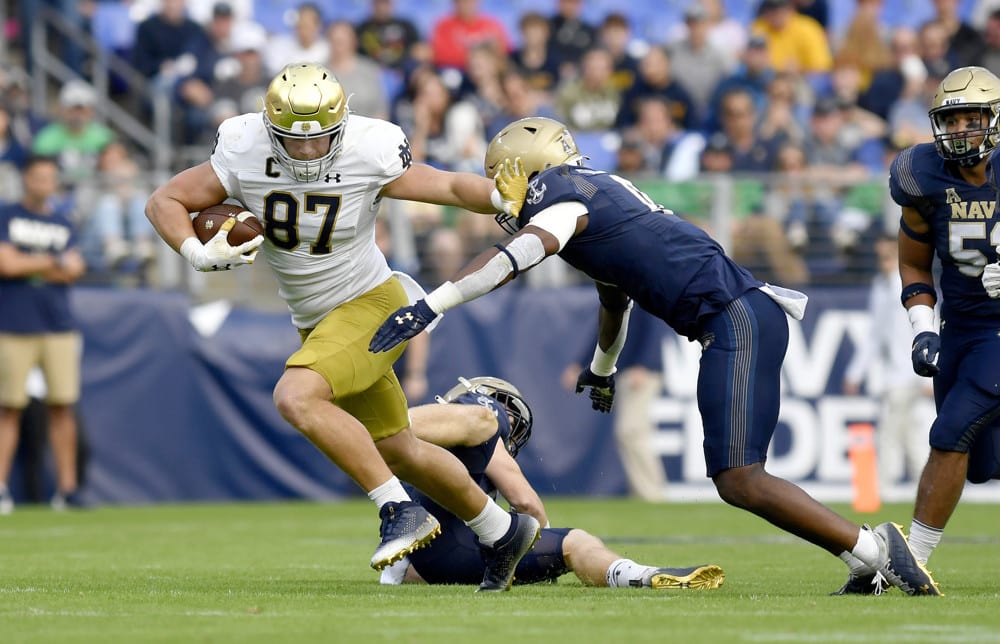
For the Pittsburgh faithful, the late-season clash with the Notre Dame Fighting Irish on November 15, 2025, is always a critical litmus test. You know the recent history hurts. The program has taken crushing defeats, performances that felt like systemic failures against elite talent. But a new iteration of the Panthers arrives at Acrisure Stadium with a genuine spark. You need to check the numbers, past and present, to see if Coach Narduzzi’s squad finally has a legitimate shot to compete.
History’s Weight and the Narduzzi Hurdle
You can’t simply brush aside the 58-7 mauling in 2023 or the 45-3 defeat from 2020. These results highlight a specific vulnerability when the Panthers face a perennial power late in the season. Analysts conclude that Pat Narduzzi often gets blown out by this level of competition. That historical trend forms the primary psychological and statistical obstacle the 2025 Panthers must clear. The market perception and public betting sentiment are anchored to the premise that Pitt cannot keep pace. A massive spread is attached to this matchup, suggesting systemic failures in game planning are broadly expected.
But hold on a minute. The 28-21 Pitt victory all the way back in 2013 stands as a crucial, necessary outlier. It reminds the fans that the capacity for a competitive fight, or even a stunning upset, does exist. Upsetting the Irish is going to require some precise execution, aggression and exploiting any weaknesses found in Notre Dame’s armor.
Reading the Market’s Severe Bet
The betting market provides the clearest, most objective measure of expectation. DraftKings has established a severe line for this 2025 matchup, reflecting overwhelming confidence in the Fighting Irish. You see the anticipated spread: For the sake of discussion, let’s assume the betting market sets the initial spread for this contest at Notre Dame -21.5 points, reflecting a strong belief in a decisive Irish victory based on recent history.
Bettors view an Irish victory as a near-certainty. The nearly ten-percentage-point difference between the FPI prediction (74.6%) and the DraftKings line is pretty significant. This divergence means the betting market is heavily influenced by the traumatic memory of the 58-7 result. Pittsburgh gamblers looking for the best deals know a good DraftKings promo code can offer some value, especially if they trust their team to cover that big spread. The game’s Over/Under Total is also pretty high, suggesting the market expects Notre Dame to score 40 or more points.
Pitt’s recent ATS track record fuels the contrarian angle, too. The Panthers have quietly covered in four of their last six home games against ranked opponents. Notre Dame, meanwhile, has failed to cover as a double-digit favorite in three of their previous four road November matchups. When the spread stretches beyond three touchdowns, history hints that the door cracks open for the underdog to sneak inside the number.
Notre Dame’s Statistical Reality Check
You have to look past the Irish’s conventional (3-2) record to understand why sportsbooks place such a severe premium on them. Despite a modest win-loss tally, they rank 16th in the current AP poll. The context of their record is what’s key. The Irish boast the Strength of Schedule (SOS) ranked 2nd in the nation. This exposure means their (3-2) record is misleading; they are the most battle-tested team in the country. When adjusted for this brutal schedule, Notre Dame’s Simple Rating System (SRS) jumps to 24.11, ranking them 3rd nationally.
However, the most significant situational advantage is their Turnover Margin. The Irish defense forces 1.8 turnovers per game, while their offense commits only 0.8. This differential of +1.0 turnover per game is a top predictor of blowout potential. Consistently gifting that elite 40.8 PPG offense favorable field position off turnovers explains their high scoring average.
Projecting the Total: Overreaction or Market Accuracy?
The total points number is all about whether Pittsburgh’s defense can slow the avalanche. Notre Dame averages 40.8 points per game, but this number softens when playing away from South Bend and against stronger defensive lines. Pitt’s pace of play is among the slower profiles in the ACC, which squeezes overall possessions and disrupts shootout forecasts.
If that 1.9 yards per carry allowed metric proves real, the Over might be inflated. If Notre Dame breaks three explosive touchdowns early, then bettors will be staring down a live total flying upward. The struggle is deciding which version of this game appears: a fast Notre Dame track meet or a drag-down trench war. Anyone betting totals should wait for early drives to reveal the tempo.
The Heintschel Effect and Defensive Ceiling
The Panthers’ narrative is one of recent, transformative resurgence, catalyzed by a strategic personnel shift. The current efficiency metrics suggest a team significantly better now than it was earlier in the season. And the statistical catalyst for this optimism is freshman quarterback Mason Heintschel. Following his arrival, the team demonstrated immediate improvement, highlighted by a dominant 48-7 victory over Boston College. This shift translated into a huge increase in predictive rankings. Pitt’s FPI ranking jumped an astounding 18 spots to 48th nationally. That rapid movement suggests that computer models are processing a fundamental improvement in offensive execution.
The foundation of any optimism in Pittsburgh must rest on the defense. It’s allowing an average of only 4.11 yards per play. That metric places the defense near the top tier nationally. If this defensive efficiency holds true against the explosive Irish offense, it means Pitt has the structural integrity to slow the game down.
Quarterback Contrast and Turnover Leverage
Notre Dame’s QB (projected starter) brings far more experience and national recognition than Heintschel, which explains part of the spread inflation. The Irish thrive on short fields and turnover-driven momentum swings. If Pitt loses the turnover battle by more than one possession, history strongly suggests this game gets ugly fast.
That puts immense weight on Heintschel’s decision-making: smart check-downs or risky intermediate windows that Notre Dame’s DBs love to punish.
Where the Game is Won and Lost
The outcome will be decided in the trenches. The game boils down to a single question: Will it be Notre Dame’s prolific offensive attack or Pittsburgh’s stifling run defense? The single most pivotal confrontation is the Irish running game versus Pitt’s front seven. Notre Dame’s powerful O-Line averages 4.9 yards per rush attempt. Standing in their path is the Pittsburgh run defense, which allowed only 1.9 yards per carry last year. That dramatic conflict is statistically unsustainable for one side.
If Pittsburgh’s 1.9 yards allowed proves legitimate, it means Pitt can keep the contest tight by forcing Notre Dame into uncomfortable third-and-long passing situations. But the Panthers have to score, too. Their offensive strategy, directed by Heintschel, must strategically attack known vulnerabilities in the Irish defense (like interior defensive linemen losses). Pitt needs to attack the middle of the field with short passing concepts and a methodical running game. Challenging the new linebacker corps can slow the overall pace and maintain that high Red Zone efficiency.
Setting the Final Line of Expectation
The analysis requires balancing the overwhelming predictive power of the Irish with the specific, situational resurgence demonstrated by the Panthers. Statistically, the edge belongs firmly to Notre Dame, confirmed by their 74.6% FPI win probability and their 3rd ranking in the SRS. The Irish victory is the most likely outcome.
Late-season conditions at Acrisure Stadium can also suppress scoring and tighten spreads, another quiet edge for the Panthers if the weather turns ugly.
However, the betting line, settling around ND -21.5, suggests that the market has potentially overcompensated for the historical trend of blowouts. That massive spread represents a potential value opportunity. The path for Pittsburgh to cover is difficult. The defensive line must validate its exceptional 1.9 yards per rush attempt allowed metric against that formidable Irish offensive line. Simultaneously, freshman Mason Heintschel must maintain composure and, above all else, avoid the catastrophic turnovers that fuel Notre Dame’s elite differential.
The 2025 showdown pits an elite, battle-tested Irish squad against a Panthers team that’s finding its true identity under a promising new quarterback and a genuinely stout defense. The expectation should absolutely be an Irish victory. However, the market has inflated the betting line to account for past failures, ignoring the recent, substantial metrics of improvement in Pittsburgh. The sharp money looks to be on the Panthers to cover the colossal 21.5-point spread. If the defense plays to its statistical ceiling, the Panthers can turn a historical blowout into a competitive fight, giving the home crowd something tangible to cheer for.
A more aggressive bettor could explore an alt-spread at Pitt +17.5 if they believe defensive disruption can create a fourth-quarter one-score scenario. Player props for Irish rushing yards may be the safer favorite angle, given the matchup volatility. Any Pitt scoring props should be focused around short passing touchdowns and sustained red zone drives.






